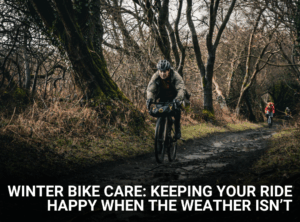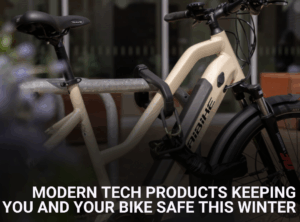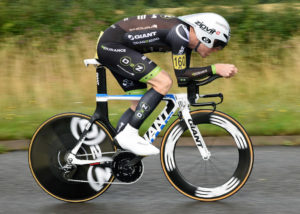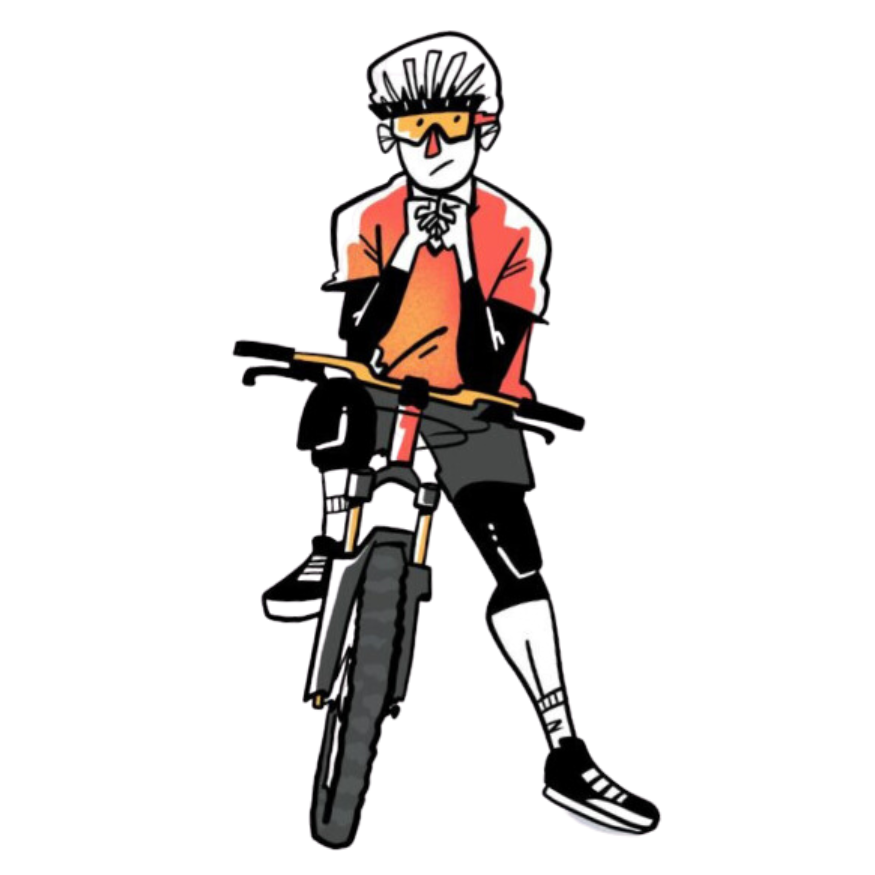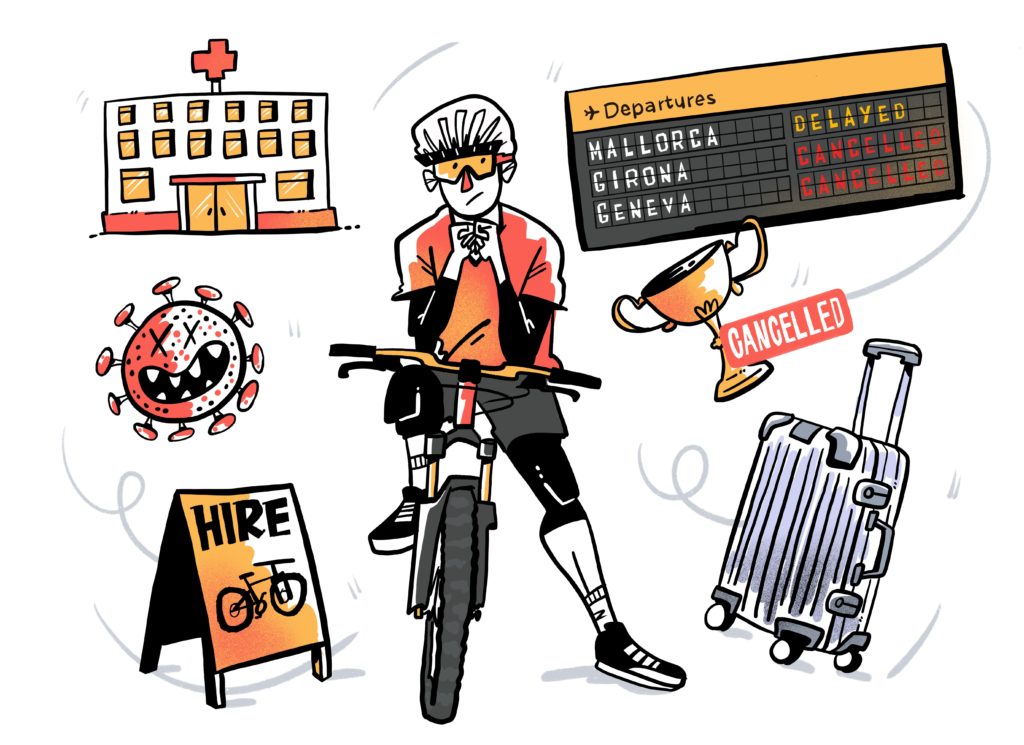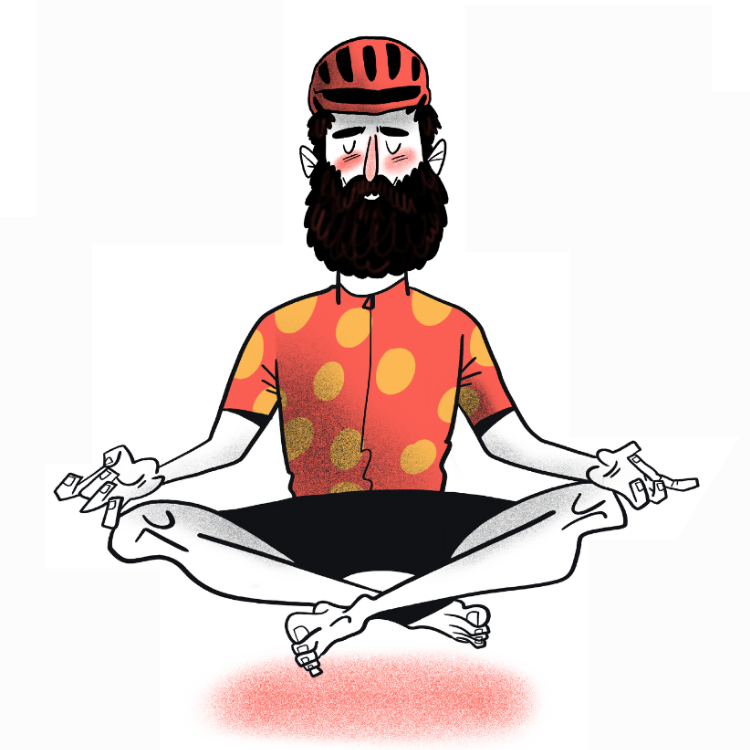There’s no denying the allure of the great outdoors. The interaction with nature away from the hustle and bustle, and bringing your bike into the mix – well, that’s a recipe for a fantastic adventure. Bikepacking has grown exponentially more popular in recent years, with many luggage manufacturers seizing the opportunity and bringing out dedicated ranges.
On the surface, however, it can seem like a complex and expensive area of cycling to get into. So in this article, we’ll explain how to get started with the basics of bikepacking so you can have your own adventure in 2023.
What is bikepacking?
Bikepacking is essentially being self-sufficient on the bike over multiple days. It doesn’t necessarily mean you need to go on long-distance multi-week adventures, it can be as simple as riding 10 miles down the road and camping out for the night. It can be defined as whatever you want it to be.
In terms of terrain, this may depend on what bike you have available, but you can bike-pack on or off-road quite easily. There are no hard and fast rules around bikepacking, so don’t feel like you need to ride a certain distance or sleep under the stars for a certain number of nights before you’re a certified bike-packer.
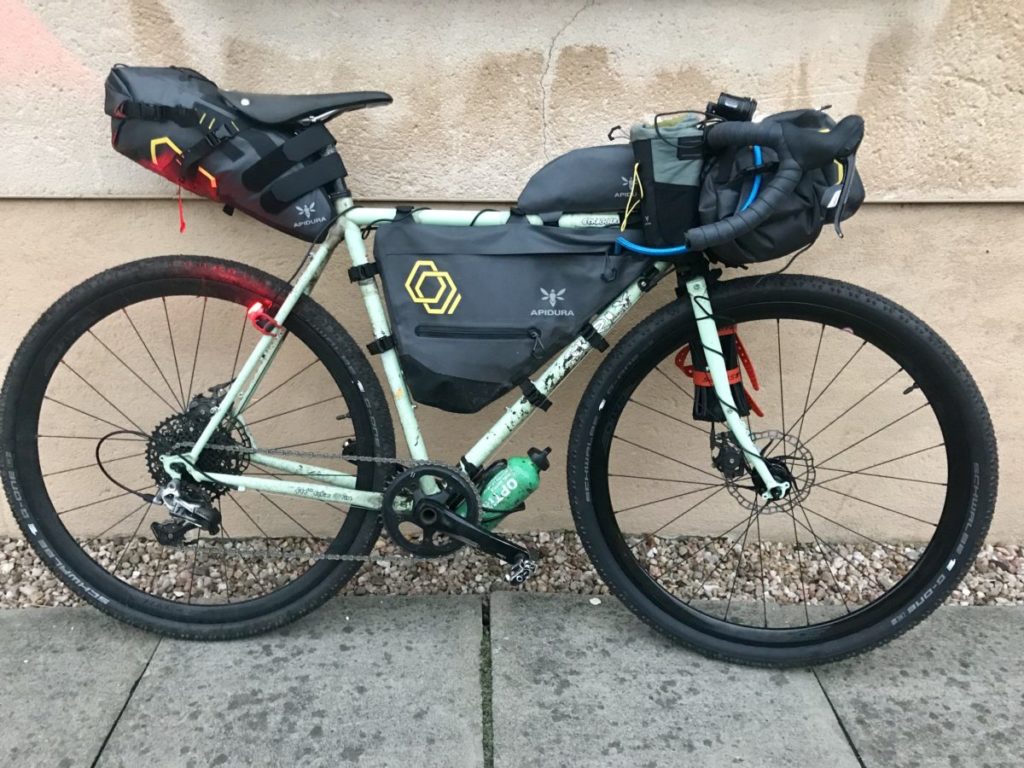
What do I need?
Firstly, you need to consider your bike. You don’t need to go out and buy a brand new touring machine, instead, you can adapt what you have to make it a bit more bikepacking ready. Comfort is key here, so if that means sacrificing the slammed stem for a bit more of an upright riding position, then so be it. If you are riding for days at a time, the last thing you need to be worrying about is saddle sores or other strains on your body, so consider your riding position, and then other things you can adjust. For example, tyre pressures, double wrapping your bar tape and adjusting your suspension to account for extra weight on the bike.
Secondly, you need to think about where you’re going to mount your kit. Are you looking at panniers and racks? Or frame bags galore? Either way works, but they each affect the weight distribution of your bike differently, and what feels better for you might be different to other people. You’ll also need to consider lights and their placement – many people opt for dynamo style lights that charge as you ride. This eliminates the need to charge your devices (sometimes including your GPS device) and is great if you don’t plan on stopping at any hotels.
So when it comes to the actual kit you need to take with you, what do you need? Since you’ll be spending a lot of time outdoors, consider what you’ll be sleeping in or under. A bivvy or a tent? A tent offers more protection but is heavier and larger to pack. You’ll find once you start looking at the different options for all your kit that this is a common theme – weight versus price, or weight versus creature comforts.
You’ll also need to consider a sleeping mat or roll, and a sleeping bag. These come in many forms and price points so read some reviews before splashing any cash. Outside of your sleeping arrangements, you’ll also need to feed yourself. A camping stove and windbreak should suffice.
The cycling kit you take will depend on how long you’re riding for, and the conditions you will be riding in. Packing for a week-long adventure in Spain will probably require fewer layers than the same length trip in the UK. Additionally, think about safety – are you confident you have enough tools and repair kits to get you out of trouble? On top of this, take a first aid kit, and make sure it’s tailored to the area you’ll be riding in.
It’s incredibly easy to spend a small fortune on all your riding equipment, but if you’re not even sure whether you enjoy bikepacking yet, try and improvise with whatever luggage you currently have and adapt accordingly.
How do I plan my bikepacking adventure?
There are a couple of ways you can get involved in your first bikepacking tour – you can plan it all yourself and ride solo, or get some of your friends to come along. Or, you could try a guided tour. Each has its advantages and disadvantages, but if you’re unsure of mapping a route yourself and would like to be shown the basics, then a guided tour is a great way to get started.
If you are set on devising your own tour, then you’ll need to familiarise yourself with some route planning software. Platforms like Komoot, Strava, Garmin Connect all have their benefits and disadvantages, and some are more suited to off-road than others. The main things to consider are the distance and difficulty of the terrain you’ll be riding on – don’t plot a 1,000-mile ride across the Andes for your first try at this.
Secondly, think about where you plan on sleeping, and stocking up on supplies like water and food. There’s nothing wrong with spending a few nights in a hostel or B&B, but if you’re hell-bent on sleeping under the stars, there may well be access laws to consider, so don’t ever assume a random field is public property. Ordnance Survey maps are great resources across the UK that help identify where you can and cannot go on your bike.
And finally, remember to leave no trace. Take away any rubbish and only go to the bathroom in suitable areas away from animals and water sources.
…
Hopefully, these tips will have you well on your way to successfully planning your first bikepacking adventure in 2023. Remember to keep your bike insured in case the worst happens, particularly as you’ll be away from home. Our specialist cycling insurance policies cover plenty of eventualities and it’s quick and free to get a quote. Click here to see how much it would cost to insure your bike today.

